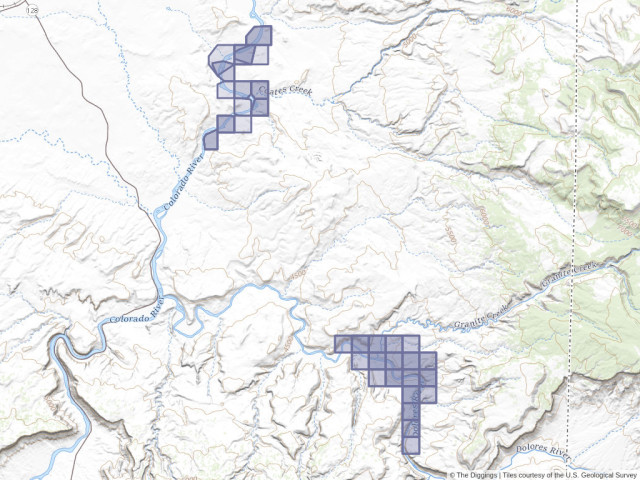CRYSTAL VICTORIA
Crystal Victoria Mining Co. has 88 claims near Moab, Utah on the Dolores and Colorado Rivers 
Human civilization was built on mining and the hard work of miners, often the most exploitative industry in any society. So it’s not hard to understand why many Minnesotans have an instinctive distrust of the mining industry.
However, the recent negative tenor of public discussion about the status of mining — an important part of our state’s heritage and its economic vitality — has been disheartening. Far too many, liberal, urban political candidates and officeholders have issued blanket denunciations of copper-nickel mining. Some have even called for “a moratorium on new mining leases.”
Let me say upfront that as the retired director of District #11 of the United Steelworkers, I represented iron ore miners in Minnesota and Michigan; gold miners in Lead, South Dakota; and other hard rock miners in trona, copper, potash, silver, and lead mines from Idaho to Missouri. My pension today is paid, in part, from the sweat and toil of those who went down into the bowels of the earth day after day. I’ve also vacationed and fished in the Boundary Waters every year for the last 45 years.
We can’t solve enviro problems without mining
It’s easy for me to understand why anyone who read an account of the Sunshine Mine disaster in Idaho, where 91 steelworkers were killed in a silver mine fire in 1973, would reflexively say that all mining is bad and simply want it to vanish. But it’s even more important to understand why mining is critical to a sustainable 21st-century economy. Without mining, we cannot solve our most serious environmental problems, starting with climate change. Consequently, developing a sustainable mining industry — starting in Minnesota — is one of the most important tasks for Minnesota’s next governor, its U.S. senators, its next Legislature, its research institutes, its mining companies, and its environmental community.
Article continues after advertisement
Consider the role that these basic raw materials play in creating the clean-energy or low-carbon economy that science tells us is critical to stop global warming — bauxite, iron ore, lithium, copper, rare earth minerals, limestone, and, yes, metallurgical coal, to name just a few. Without continuing to mine these minerals, the global economy has no hope of keeping the temperature increase below 2 degrees Celsius, much less reaching the 1.5 degree target that scientists have told us is far preferable.
Let’s start with bauxite, the raw material required for making aluminum. We no longer mine it in the U.S., but we do still refine it into alumina and then smelt it into aluminum. Without aluminum there would be no Teslas, the electrical vehicle that has captured the imagination of drivers around the world. Nor would the Ford F150, the highest selling light duty truck on the market, have made the advances in fuel efficiency that it did by lowering vehicle weight. Industry analysts predict over 550 pounds of aluminum in most motor vehicles by 2025 to promote fuel efficiency. Aluminum is infinitely recyclable, but the global demand will require us to continue mining bauxite for decades to come.
Importance of iron ore